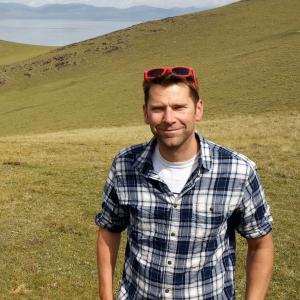This beautiful country is a wonderful destination for travellers and adventurers looking for an escape from tourist areas. Still relatively secluded, Madagascar is the fourth largest island in the world and is located just off the East Coast of Africa. Its unique biodiversity and landscapes make it an ideal spot for anyone looking for an eclectic tour. Below Wild Frontiers is giving you a full list of what Madagascar is famous for.
Wild Frontiers Madagascar Tours offer the best itineraries and travel spots so that you can explore this vast region with little stress.
A to Z of Madagascar
Antananarivo
Madagascar’s capital is one of the most charismatic and interesting in Africa’s cities. It provides a focal point for visitors to experience the fusion of traditional Malagasy culture and French colonial influences, evident in its 17th-century royal palace and chic street cafes.

Baobabs
Many want to know what Madagscar is famous for. The trees are a good place to start. Madagascar is home to 6 endemic species of Africa’s oldest and most beautiful tree. They can live up to 2,500 years old, and seeing the sunset at the Avenue of the Baobabs is an unforgettable experience.

Chameleons
Madagascar is home to around half of the world’s 150 species of chameleon. The world’s smallest, the Brookesia chameleon, is just 3cm long, but don't worry, your guide will be able to help you find them.

Dead Leaf Mantis
One of the world's most incredible looking insects, as its name suggests this mantis is cunningly disguised as a leaf.
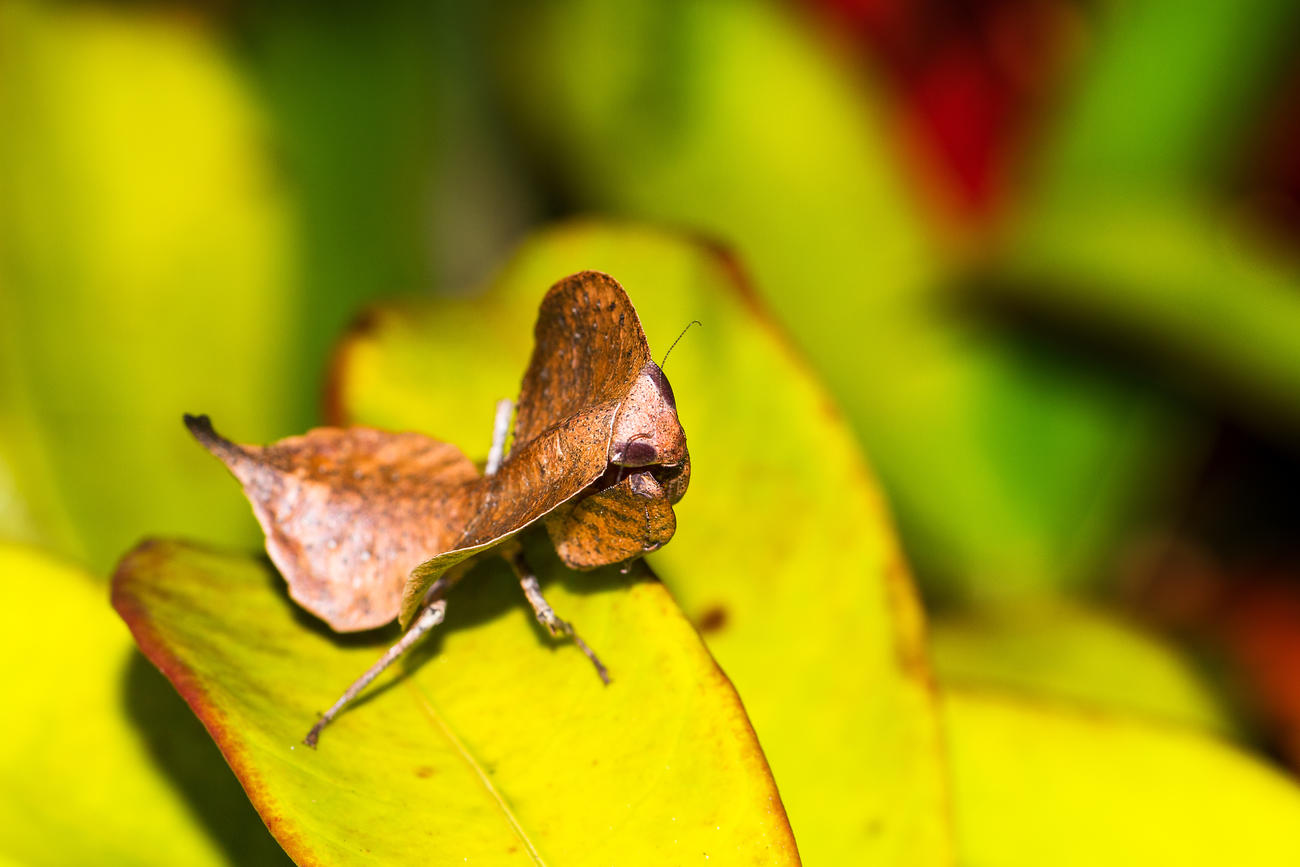
Elephant Bird
For our 'E' in what is Madagascar is famous for, it's all about this beautiful species of bird.
These enormous flightless birds became extinct around 1000 years ago. Scientists decreed the Vorombe Titan - a 10-foot flightless bird which would have towered over humans - the world’s largest ever bird in September 2018. Proof of elephant birds has been provided by eggs found in Madagascar, and in fact one perfect egg is Sir David Attenborough’s most treasured possession.

Fossa
This cat-like carnivorous mammal is the top predator in Madagascar. The fact that Madagascar has so few natural predators partly explains its extraordinary array of wildlife. Flightless birds are particularly prone to predators, and it is believed the elephant bird (see above) thrived on the island until it was hunted to extinction by humans.

Gecko
The Satanic Leaf-Tailed Gecko, endemic to Madagascar, is one of a number of amazing varieties of gecko found on the island. A testament to the process of natural selection, this creature has evolved a leafy tail and a body that looks like it has been rotting away, the perfect camouflage in the forests of Madagascar. They emerge at night to hunt insects, spending all day hanging motionless from branches. Just like a leaf.
Hunter gatherers (Mikea)
The Mikea people are a group of Malagasy-speaking hunter gatherers who inhabit the Mikea Forest. The last nomads of Madagascar, they now number less than 1,000. During the dry season they sleep in the open air, migrating to small villages in clearings in the woods in the rainy season. They hunt for bush pigs, birds and small lemurs, as well as harvesting crops of maize, sweet potatoes and cassava. As well as meeting the Mikea, you may see evidence of them in the drilled holes of baobabs trees, which they use to extract water.
Isalo National Park
The canyons, gorges and sandstones massifs of this beautiful spot are reminiscent of the Wild West, and this is a great place to do a day's walking, topped off with a swim in one of the many crystal clear pools. This area is sacred to the Bara tribe and there are ancient burial sites in the caves dotted around this area.

Jada Pinkett Smith
One of the most well-known movies answers what Madagascar is famous for. The actress voiced Gloria (a grey hippo) in the animated classic, Madagascar. The Disney movie is a wonderful depiction of the unique beauty and wildlife that make up this interesting and beautifully unique country. Some of the best aspects of this destination are your ability to witness majestic creatures in their natural habitats.
Kirindy Mitea National Park
This park offers the chance to see a huge variety of lemur species, including the Ring-Tailed Lemur and the Sifaca Lemur (below) as well as the endemic Fusa cat.

Lemur
Madagascar’s most famous residents, there are nearly 100 different species of this primate. The most well-known are probably the ring-tailed lemurs, as well as the Indri Indri and the smallest lemur, the mouse lemur (below right) which measures less than 27 centimetres. The Aye-Aye lemur (below left) invokes deep superstition in Madagascar. It has evolved a long ring finger to enable it to tap and extract insects from tree barks. This finger is in a ball and socket joint, so can rotate 360 degrees - the belief is that the Aye Aye can curse people to death by pointing at them.
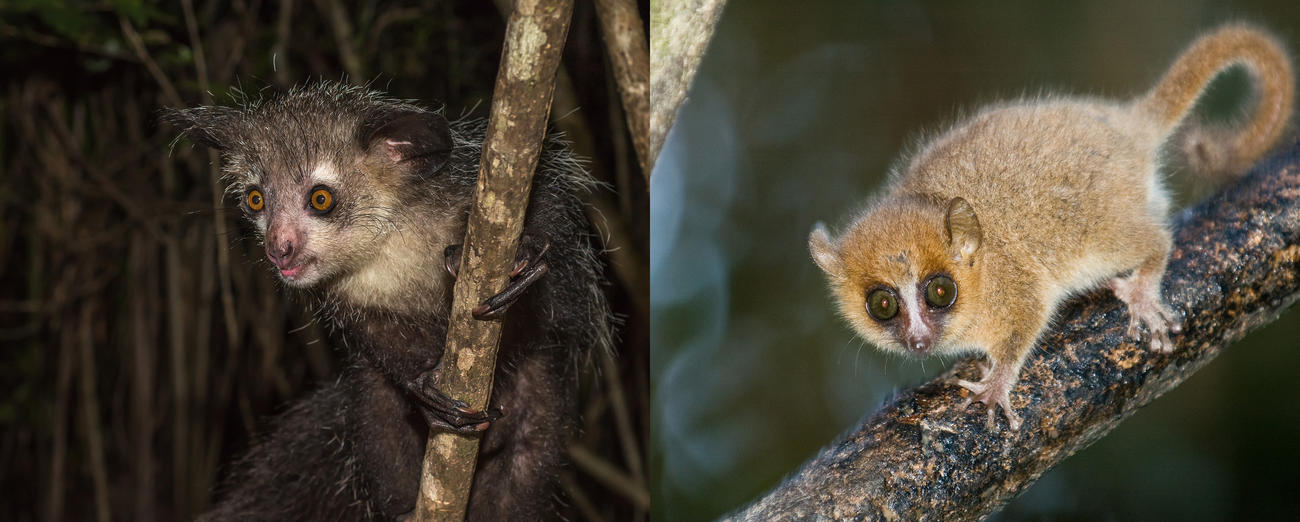
Malagasy
The national language of Madagascar is distinct from African languages and has more in common with the tongues of Indonesia, Malaysia, and the Philippines. Madagascar was first settled by Indonesian people who arrived from Borneo in around the 5th Century.
Nosy Be
The northwest tip of Madagascar is a peninsula and famed for its amazing beaches along the Madagascan channel. The area is also known for its spices including nutmeg, cardoman, and pepper. From here you can do tropical hill walks, snorkelling or just relax on the beach.

Orchids
There are over 1,000 known species of orchid in Madagascar, with 905 of them being unique to the country. The most famous is Darwin’s orchid – with huge star-shaped flowers and a very long spur, up to 15 inches long. What insect could possibly reach the pollen? Darwin put forward a theory that there must be a moth with an 11-inch long coiled tongue. This was doubted at the time, but such a moth was actually discovered by scientists 30 years later!
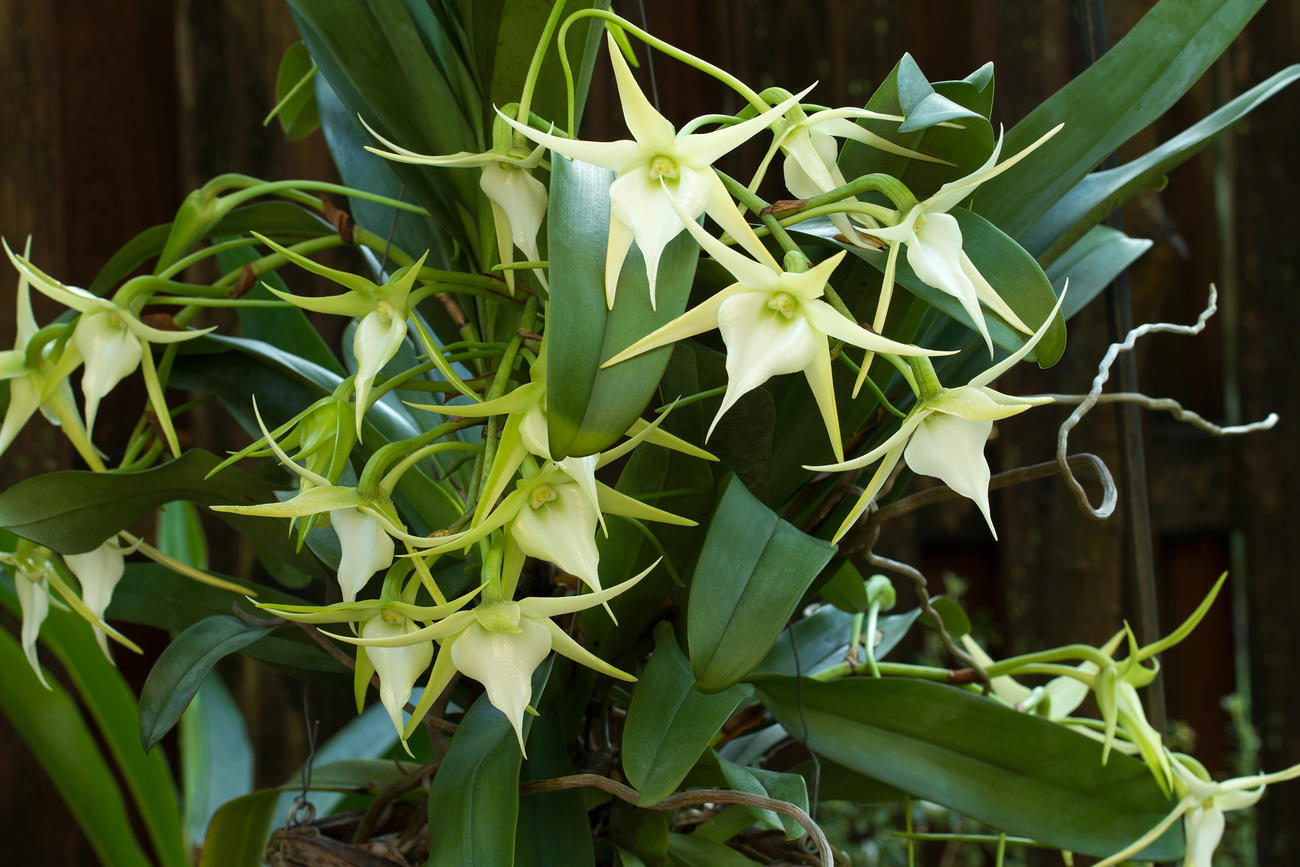
Princesse Bora Lodge
Located on Ile St Marie in Eastern Madagascar, this luxurious resort is made up of a number of private villas. Bicycles are available to explore the island, and from July to September, this is a great base to go whale watching as female humpback whales come to calve in the warm waters.
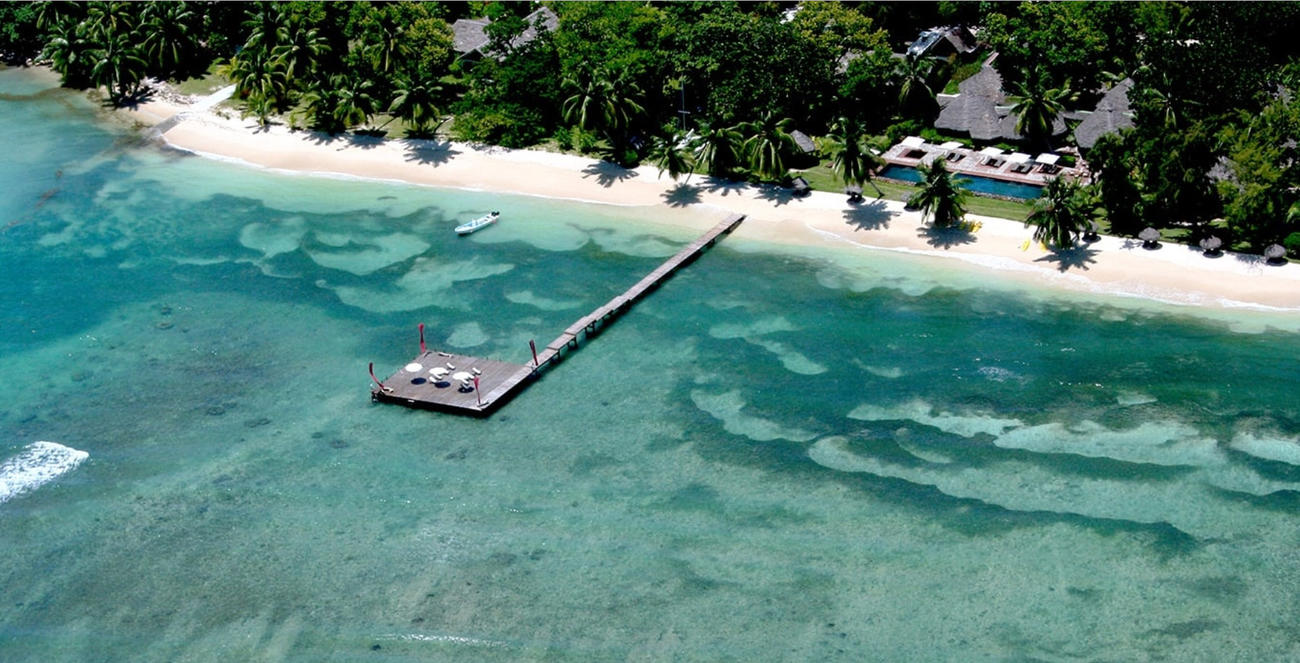
Quagmire roads
Getting off the beaten track in Madagascar is quite an adventure. For one thing, each year some roads completely change after the cyclone season as river crossings shift up and down river, so no roads stay the same for long.
Romazava
The national dish of Madagascar is a meat stew with a combination of green vegetables, including some of the many leafy green leafy vegetables which abound on the island. The dish is given a kick with the addition of chillies and ginger. (Image courtesy of http://agir.avec.madagascar.over-blog.com

Satrana Lodge
Owned by the former Madagascan Ambassador to the United States, this consists of African safari style luxury tents on platforms, offering great views over the valley and Isalo National Park. Above the camp is a viewing point where you can climb to watch the spectacular sunsets. The property also has an amazing infinity pool and offer great Malagasy and French cuisine.

Tsingy
Tsingy de Bemaraha National Park is made up of razor-sharp limestone peaks, which visitors can explore by walking across a series of aerial suspension bridges.

Untouched by tourism
Madagascar is famous for its untouched beauty. Despite a steadily increasing level of tourism, Madagascar still retains an element of genuine adventure for those who visit. The roads are often unpaved, Wi-Fi can be temperamental at best and the bureaucracy can be frustrating, but this shouldn’t put anyone off - it's all part of the experience. When looking at various destinations to travel, Madagascar is a top pick for well-seasoned travellers looking for an escape from everyday life and routine. Similarly, the country has a fairly accessible entry and many tourists find it easy to navigate and visit various areas of Madagascar.
Check out our unique Wild Frontiers Tours in Madagascar and find out what lies beyond in this beautiful island. Our signature trips include:

Vanilla
Madagascar supplies around 75% of the world’s vanilla. Deriving from orchids that are actually native to Mexico, it was cultivated by the Aztecs and brought to Europe by Cortez. When the taste caught on, the Europeans tried to grow vanilla themselves, but without the Melipona Bee, they bore no fruit. It wasn’t until it was discovered that the flowers could be pollinated by hand that production spread and now Madagascar is the leading producer of the world’s second most expensive spice, after saffron.

Weather
Being such a huge island, Madagascar has a diverse climate so it’s important to research when to travel based on where you are going. The rainy seasons is from December to March, when the northern and eastern parts of the country suffer storms. Dry season is from April to October.
X marks the spot
When thinking of piracy, the Caribbean usually springs to mind, but during the Golden Age of piracy Madagascar became a safe haven for the seafaring outlaws. Benfits? It had a sheltered harbour, a ready supply of fresh produce and water and few laws. It could also provide a steady income, being positioned close to the lucrative shipping routes of the Red Sea (full of bountiful ships carrying Muslim passengers on the Haj pilgrimage to Mecca) and the Indian Ocean with its flow of enormous trade ships (called East Indiamen). In fact there are even stories that the pirates created their own utopia in Madagascar called Libertalia, with their own language and a socialist economy. Read more about this history here.

Ylang Ylang
This tree is native to Southeast Asia, but has recently become established in Madagascar which now produces huge quantities of the essential oil which comes from the tree, and is used in perfumery.
Zafimaniry craftsmen
In south eastern Madagascar there are around 25,000 Zafimaniry in around 100 villages and hamlets. They are famed for their woodcrafting skills, with almost all wooden surfaces displaying elaborate ornamentation, and with houses being constructed with joints only, rather than using nails or other metals.
